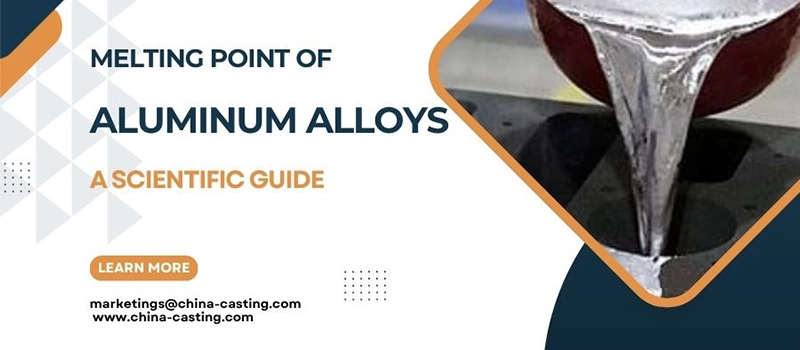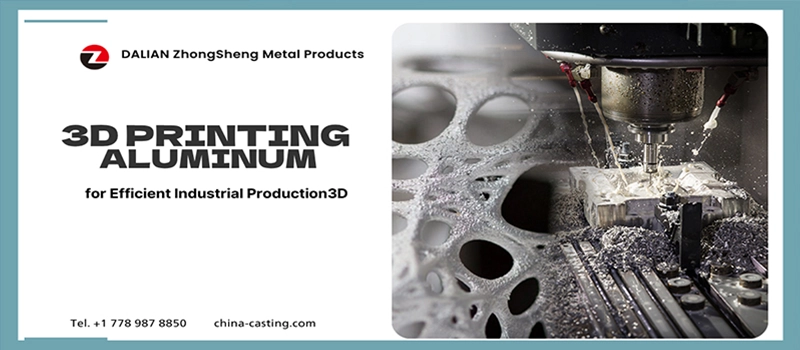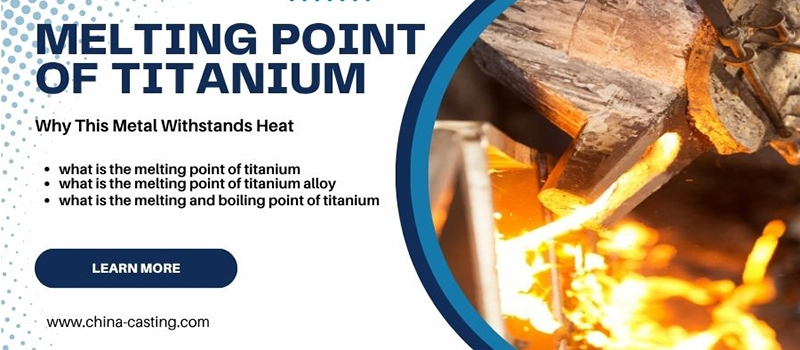Ejector Marks in Metal Parts: Causes, Impact, and Solutions

Ejector marks are a common but critical issue in metal parts manufacturing. This article explores their causes, effects on quality, and best practices to prevent them in casting and molding processes.
Melting Point of Aluminum Alloys: A Scientific Guide

This comprehensive guide examines the melting point of aluminum alloys across alloy families including 6061 and zinc-aluminum systems. It explains how melting behavior impacts processing methods such as casting, welding, and heat treatment, and offers engineers clear insights for material selection in aerospace, automotive, electronics, and energy sectors.
3D Printing Aluminum for Efficient Industrial Production3D

3D printing aluminum combines speed, precision, and cost-efficiency for industrial production. It’s a game-changer for automotive, mining, and manufacturing sectors, offering lightweight, durable parts with shorter lead times and lower costs.
Melting Point of Stainless Steel for Material Selection

The melting point of stainless steel varies by grade, typically ranging from 1375°C to 1530°C (2500°F to 2785°F). This article explains how chemical composition and metallurgical structure affect melting behavior across common grades like 304, 316, 310, and 17-4PH, providing practical guidance for selecting stainless steel in thermal applications such as power generation, automotive, petrochemical, and manufacturing industries.
Melting Point of Titanium: Why This Metal Withstands Heat

Titanium is a heat-resistant metal with a high melting point, making it ideal for aerospace, automotive, and industrial use. In this guide, I explain the melting and boiling points of titanium, its comparison with other metals, and what makes titanium alloys so valuable in high-temperature environments.
Pros and Cons of Custom Machining Parts Explained Clearly

Custom machining parts offer unbeatable precision and design flexibility — but they come with costs and risks. This guide helps you weigh the pros and cons to make better purchasing decisions.
Melting Point of Zinc and Its Industrial Significance

The melting point of zinc is 419.5°C (787.1°F), but this value can vary with purity, alloying, and conditions. This article explores how zinc melts in real manufacturing environments, including its behavior in alloys and compounds. A complete guide for engineers and industrial buyers.
Metallographic Analyzer Cuts Defects and Saves Costs

A metallographic analyzer is essential for detecting internal metal defects, optimizing production quality, and reducing failure rates. This guide explains its function, benefits, and how to choose the right model for your factory’s inspection needs.
What Does a Spectrometer Do in Metal Fabrication?

Spectrometers are essential in metal fabrication for analyzing chemical composition, improving casting quality, and reducing defects. This article explains how they support real-time testing, maintain product consistency, and meet global manufacturing standards.

